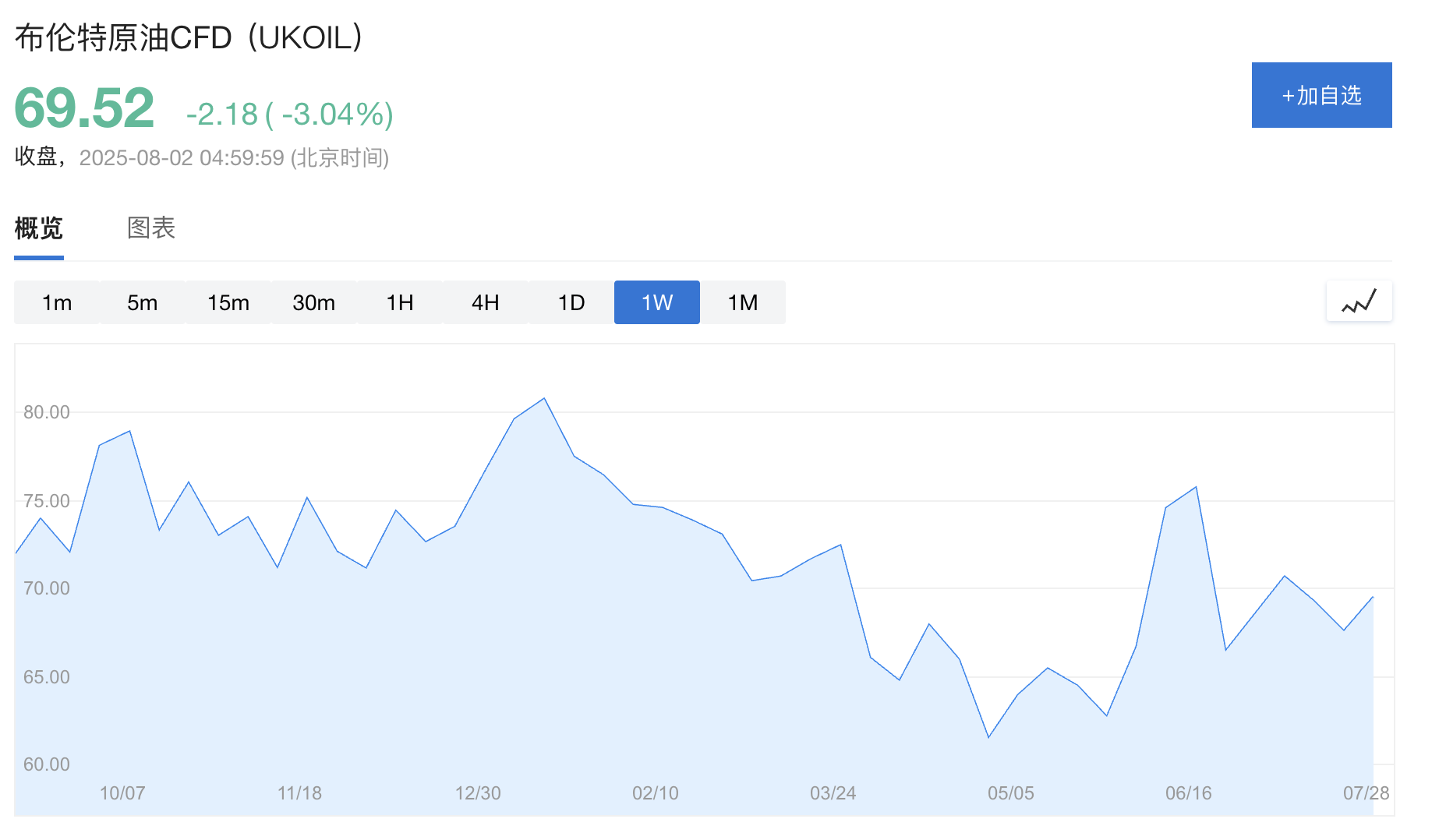OPEC+ Agrees in Principle to Significantly Increase Oil Production in September
OPEC+ has agreed in principle to significantly increase oil production in September, which will complete the previously paused 220,000-barrel reduction measure and mark a shift in the organization's strategic focus towards regaining market share, but may also exacerbate global supply surplus later this year.
On August 3rd, according to media reports, an OPEC representative revealed that Saudi Arabia and its partner countries plan to formally approve a production increase of 54.8 million barrels per day at Sunday's video conference meeting. This increased production will fully restore the eight-member country reduction quota of 220,000 barrels per day, which includes the United Arab Emirates' ongoing phased implementation of additional quotas.
OPEC+ had previously agreed in principle to complete this 220,000-barrel supply recovery at its meeting last month. Traders are now focused on the next stage of reduction quotas.
“As the voluntary reduction plan of 220,000 barrels per day is expected to end, we expect oil-producing countries to hit the pause button and assess market conditions and broader macro factors,” RBC Capital LLC's head of commodity strategy Helima Croft said. OPEC+ still has another reduction plan of 166 million barrels per day, which will be formally implemented until the end of 2026, and this will be a focus point for future market attention.
From Price Defense to Market Share Competition
OPEC+’s strategic shift began in early April when it announced an unexpected acceleration of its reduction reversal plan, leading to oil prices plummeting to a four-year low point.

Since then, OPEC+ has implemented a series of significant monthly increases and further accelerated production growth in July. As summer demand intensifies, oil prices have partially recovered.
Last Friday's Brent crude futures transaction price was slightly below $70 per barrel, but it has still fallen by 6.7% this year.
Market concerns about future supply-demand balance have not dissipated. Analysts warn that the market will face supply surplus pressure later this year, with increased supply and global growth slowdown causing demand to lag.
Text reprinted from “Wall Street Insider,” author: Ye Jian; Zhitong Caijing Editor: Yan Wencai.
